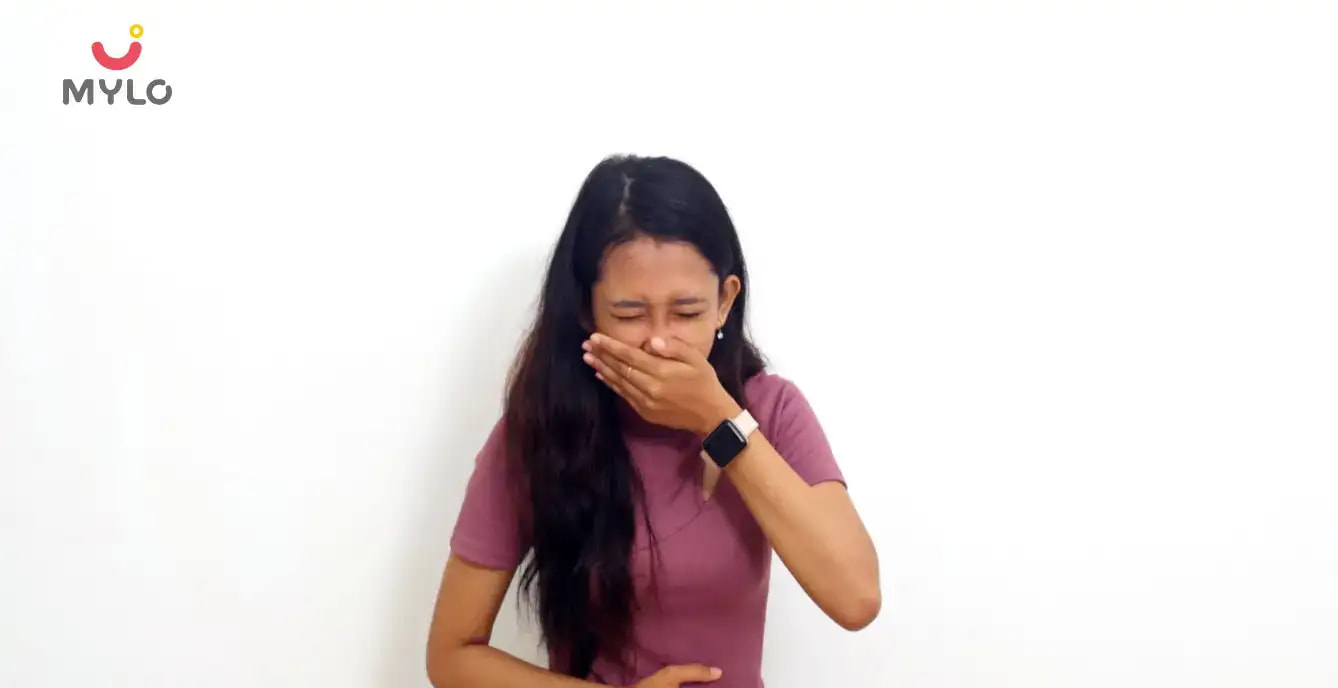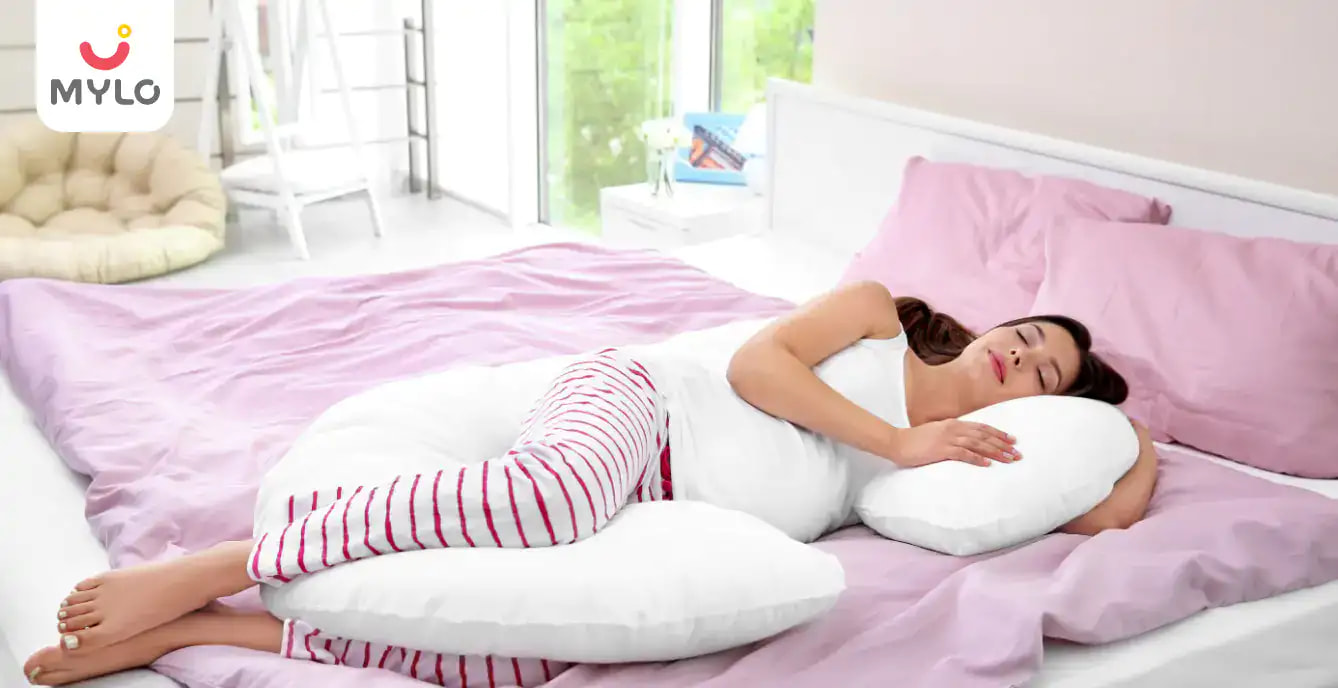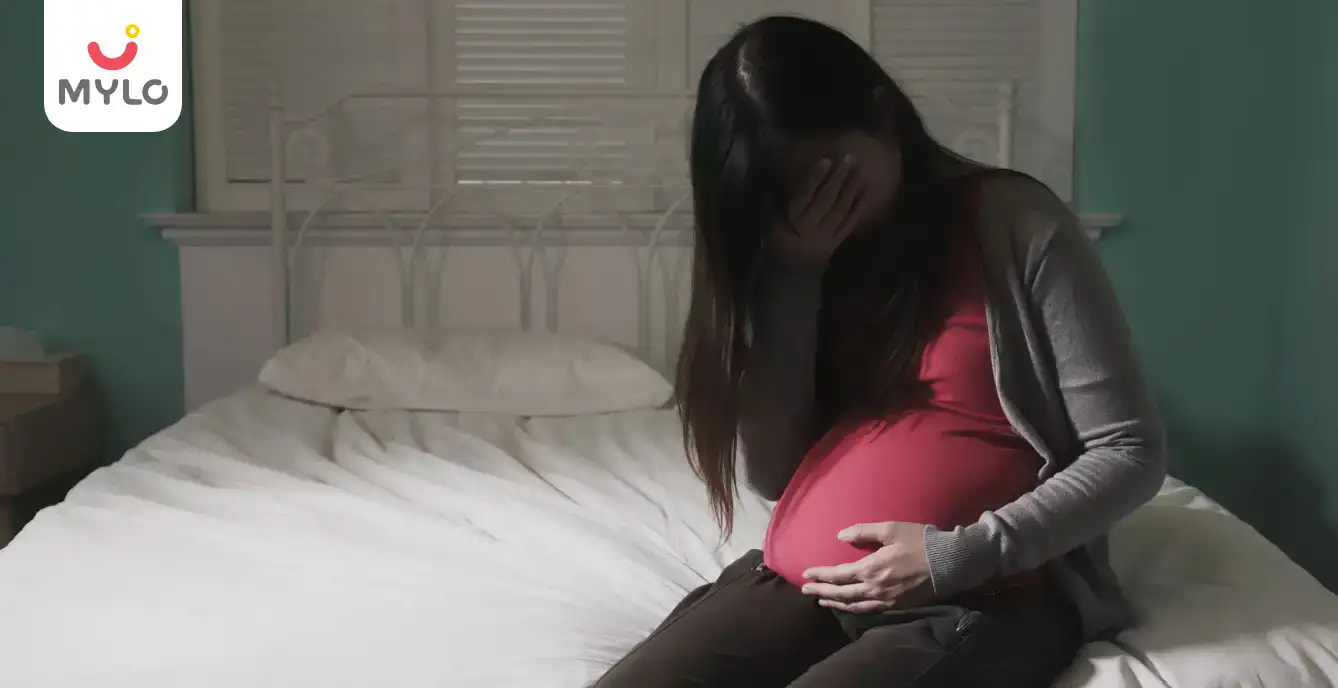Home

Pregnancy Precautions

The Art of Painting When Pregnant: Tips for a Safe and Creative Experience
In this Article
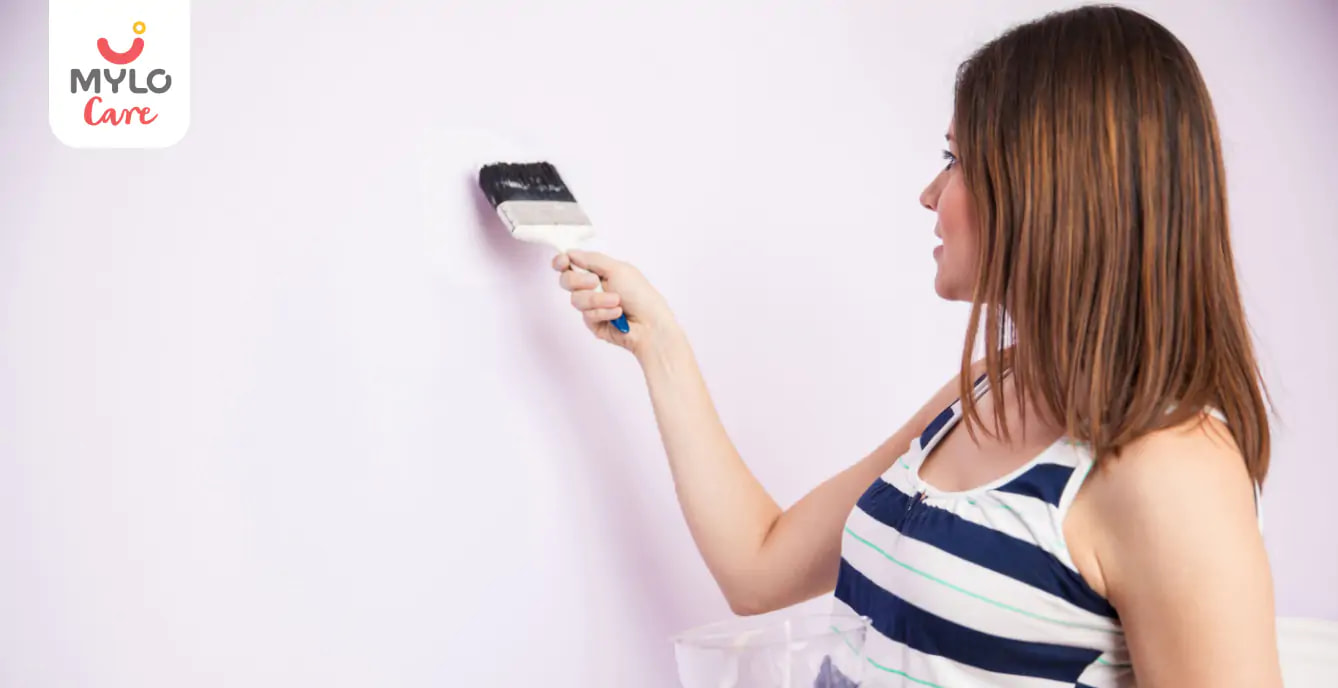
Pregnancy Precautions
The Art of Painting When Pregnant: Tips for a Safe and Creative Experience
Updated on 1 January 2024
Pregnancy is a beautiful and transformative time in a woman's life, filled with anticipation and joy. As an expectant mother, you may find yourself drawn to creative outlets to express your emotions and capture the essence of this unique journey. One such outlet is painting. But is it safe to indulge in painting when pregnant?
The answer is yes, with a few important considerations. In this article, we will understand in detail the implications of painting during the three trimesters of pregnancy, precautions you should take and tps for a safe painting experience during pregnancy.
Painting While Pregnant First Trimester
The first trimester, when the baby's major organs are forming, is a critical time to be cautious. Some studies suggest that exposure to certain chemicals found in paints, such as solvents and lead, may pose a risk to the developing fetus. It is advisable to avoid oil-based paints, as they may contain harmful substances. Instead, opt for water-based paints, which are generally considered safer.
Painting While Pregnant Second Trimester
According to most sources, exposure to paints and paint fumes should be limited during the first trimester. This is mainly because of the chemicals present in the paint, which pregnant mothers should avoid inhaling, as it could lead to complications for the baby's development. During the second trimester, it is typically alright to paint, as long as harmful fumes or inhaling chemicals is not involved.
Paint Fumes And Pregnancy Third Trimester
During the third trimester, just as during the second trimester, while it may be okay to paint, it is important for pregnant women to remain cautious - this means using paints that have low VOCs or don't have high solvents. In addition, while painting, it is important to do so in a room that is well ventilated, so that the overall exposure to the smell of the paint is limited.
Spray Paint Fumes and Pregnancy
They say that exposure to paint fumes during the first trimester of a pregnancy can be very harmful to the development of the fetus. Exposure is known to increase the risk of anomalies in the baby's nervous system, and urinary tract, and can even affect the ear, nose, or throat. Try to avoid painting during pregnancy if possible; if not, then avoid the risk of exposure to paint fumes.
Newly painted rooms give off fumes till at least 2 days after the paintwork is done, so it is best to limit exposure to such surroundings for a couple of days or more if you are pregnant. When it comes to spray paint, they usually tend to have side effects like causing dizziness, nausea, or headaches. Pregnant women should ideally avoid being around spray paint or being exposed to their fumes.
Precautions to Take When Painting While Pregnant
While painting during pregnancy can be a safe and enjoyable experience, it is essential to take certain precautions to ensure the well-being of both you and your baby. Here are eight important measures to consider before picking up your paintbrush:
1. Ventilation
Ensure that you are painting in a well-ventilated space. Open windows or use fans to promote air circulation and minimize exposure to any potentially harmful fumes.
2. Avoid toxic materials
Opt for water-based, non-toxic paints that are labeled as being safe for use during pregnancy. Avoid oil-based paints and those containing solvents or heavy metals, as they may pose risks to the developing baby.
3. Protective clothing
Wear protective clothing, such as a smock or apron, to prevent any paint from coming into contact with your skin. Avoid wearing anything that you wouldn't want to get stained or damaged.
4. Gloves
When handling paints or any potentially hazardous materials, wear gloves to protect your skin from absorption. This extra layer of protection can help minimize the risk of exposure to any harmful substances.
5. Frequent breaks
Take regular breaks while painting when pregnant to rest and hydrate. Pregnancy can be physically demanding, and it is important to listen to your body's cues. Remember to stretch and move around to prevent any discomfort or strain.
You may also like: How Many Hours A Pregnant Woman Should Work?
6. Avoid climbing ladders
As your pregnancy progresses, your center of gravity shifts, making you more prone to losing your balance. Avoid climbing ladders or engaging in activities that may put you at risk of falling or injury.
7. Proper storage
Ensure that your painting materials are stored safely and out of reach of children and pets. This will help prevent any accidental ingestion or exposure to potentially harmful substances.
8. Clean-up
After each painting session, clean your brushes and other tools thoroughly. Dispose of any leftover paints or materials according to the manufacturer's instructions. Keeping your workspace clean and tidy will minimize any potential hazards.
You may also like: When To Stop Bending During Pregnancy?
How to Choose the Right Materials for Painting During Pregnancy?
When it comes to painting during pregnancy, choosing the right materials is crucial to ensure a safe and enjoyable experience. Here are some factors to consider when selecting your painting supplies:
1. Water-based paints
Opt for water-based paints, as they are generally considered safer than oil-based paints. Look for paints that are labeled as non-toxic and safe for use during pregnancy.
2. Low VOC
VOC stands for volatile organic compounds, which are chemicals that can emit harmful fumes. Choose paints that have low VOC levels, as this will reduce the risk of exposure to paint fumes or paint smell during pregnancy.
3. Natural pigments
Consider using paints made from natural pigments. These pigments are derived from minerals, plants, and other natural sources, making them a safer choice for both you and your baby.
4. Eco-friendly options
Look for eco-friendly paints that are free from harmful chemicals and are produced using sustainable practices. These paints are not only better for the environment but also for your health and the health of your baby.
5. Read labels
Carefully read the labels of any paint products you intend to use. Look for information on safety precautions, ingredients, and any specific warnings or instructions provided by the manufacturer.
Remember, it is always best to consult with your healthcare provider before using any painting materials to ensure they are safe for your specific circumstances.
You may also like: Top 10 Danger Signs of Pregnancy
Tips for a Safe Painting Experience During Pregnancy
While painting during pregnancy can be a safe and fulfilling activity, it is important to follow these tips to ensure a smooth and worry-free experience:
- Choose a well-ventilated space
- Use protective gear
- Take breaks and hydrate
- Keep food and drinks away
- Enjoy non-toxic materials
While painting during pregnancy is generally safe, it is always best to consult with your healthcare provider before engaging in any potentially risky activities. They can provide personalized advice based on your unique circumstances and medical history. Additionally, take note of any specific instructions or precautions provided by the paint manufacturer, as they may have additional safety guidelines.
You may also like: How To Maintain Your Mental Health During Pregnancy?
By following these tips, you can embrace your creativity and enjoy the therapeutic benefits of painting while ensuring the safety and well-being of both you and your baby.
FAQs
1. Can you spray paint while pregnant?
Spray painting while pregnant is not recommended. Breathing in the mist from spray paint can be harmful to the mother and the developing fetus. Pregnant women should limit their exposure to paint and paint fumes as much as possible.
2. Is paint smell during pregnancy harmful?
Paint smell during pregnancy can be harmful, as most paints contain solvents that can cause health problems if inhaled too much. Exposure to solvents may increase the risk of miscarriage and birth defects. Pregnant women should choose low-VOC or zero-VOC paints.
3. Can I paint while pregnant if I wear a mask?
It may be beneficial to paint during pregnancy while wearing a mask. Wearing a mask can limit an expecting mother's exposure to paint fumes, however, it then becomes important to wear a mark that not just keeps the debris out, but is made using high-quality materials to limit respiratory issues.
4. Can I use acrylic paint while pregnant?
It may be safe to paint with acrylic paint while pregnant if you are painting in a well-ventilated room and the paints are made using high-quality materials.
Conclusion
Pregnancy is a time of celebration, growth, and self-discovery. Painting when pregnant can be a wonderful way to express your emotions, bond with your baby, and create beautiful artwork to commemorate this special journey. By taking necessary precautions, choosing the right materials, and following expert advice, you can enjoy a safe and fulfilling painting experience during pregnancy. Remember to consult with your healthcare provider before engaging in any potentially risky activities and always prioritize your well-being and that of your baby. So, pick up that paintbrush, let your creativity flow, and capture the beauty of this transformative time in your life. Happy painting!
References
1. Hjortebjerg D, Andersen AM, Garne E, Raaschou-Nielsen O, Sørensen M. (2012). Non-occupational exposure to paint fumes during pregnancy and risk of congenital anomalies: a cohort study. Environ Health.
2. Mother To Baby | Fact Sheets [Internet]. Brentwood (TN): Organization of Teratology Information Specialists (OTIS); 1994-. Paint.
Tags
Can pregnant women paint in Tamil, Can pregnant women paint in Telugu, Can pregnant women paint in Bengali



Written by
Mittali Khurana
Mittali is a content writer by profession. She is a dynamic writer with 04+ years of experience in content writing for E-commerce, Parenting App & Websites, SEO.
Read MoreGet baby's diet chart, and growth tips

Related Articles
Related Questions
Influenza and boostrix injection kisiko laga hai kya 8 month pregnancy me and q lagta hai ye plz reply me

Hai.... My last period was in feb 24. I tested in 40 th day morning 3:30 .. That is faint line .. I conculed mylo thz app also.... And I asked tha dr wait for 3 to 5 days ... Im also waiting ... Then I test today 4:15 test is sooooo faint ... And I feel in ma body no pregnancy symptoms. What can I do .

Baby kicks KB Marta hai Plz tell mi

PCOD kya hota hai

How to detect pcos

Related Topics
RECENTLY PUBLISHED ARTICLES
our most recent articles
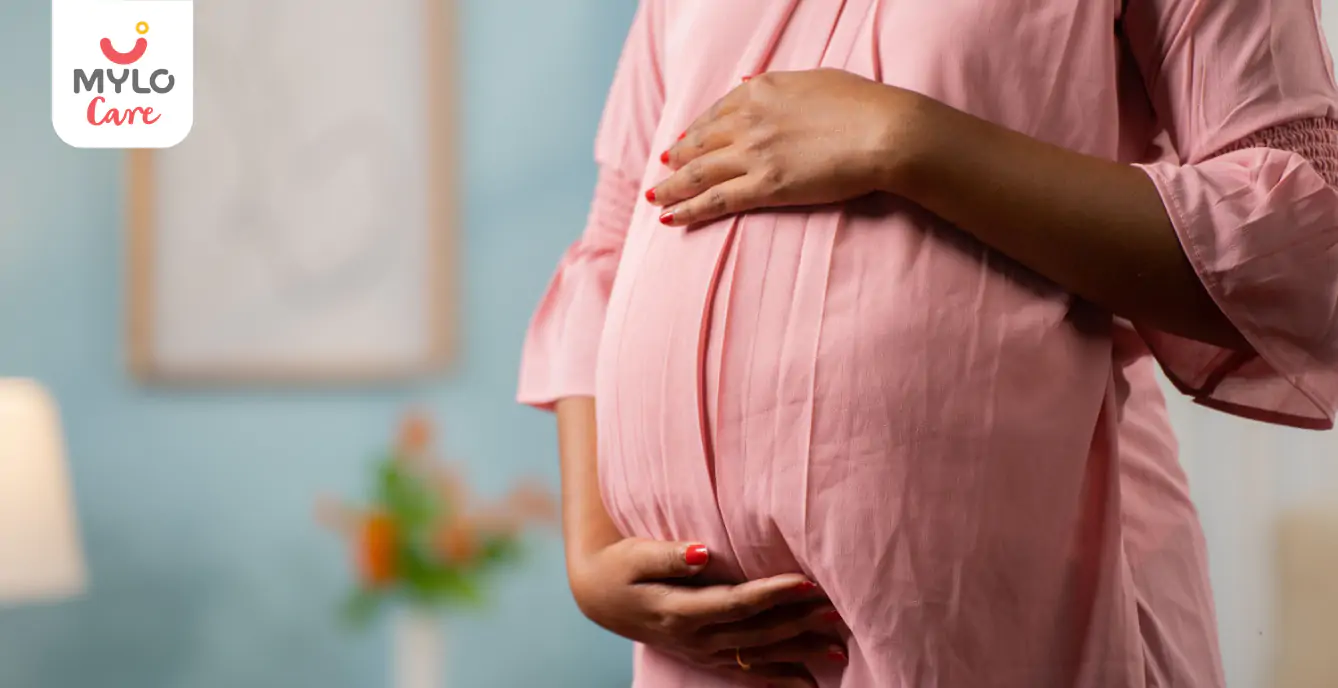
Do Pregnant Women Get Their Period?
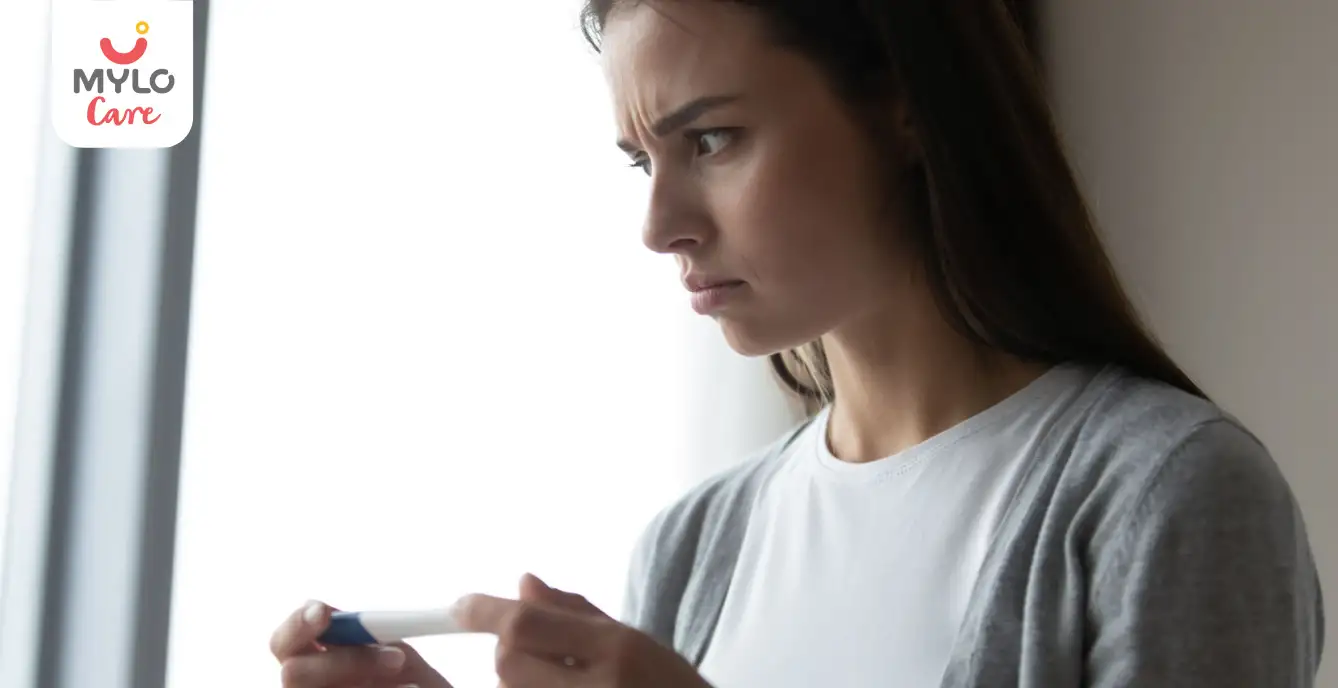
Conception
A Guide to Precautions After Ovulation When Trying to Conceive

Tight Vagina and Women's Health: An In-Depth Guide
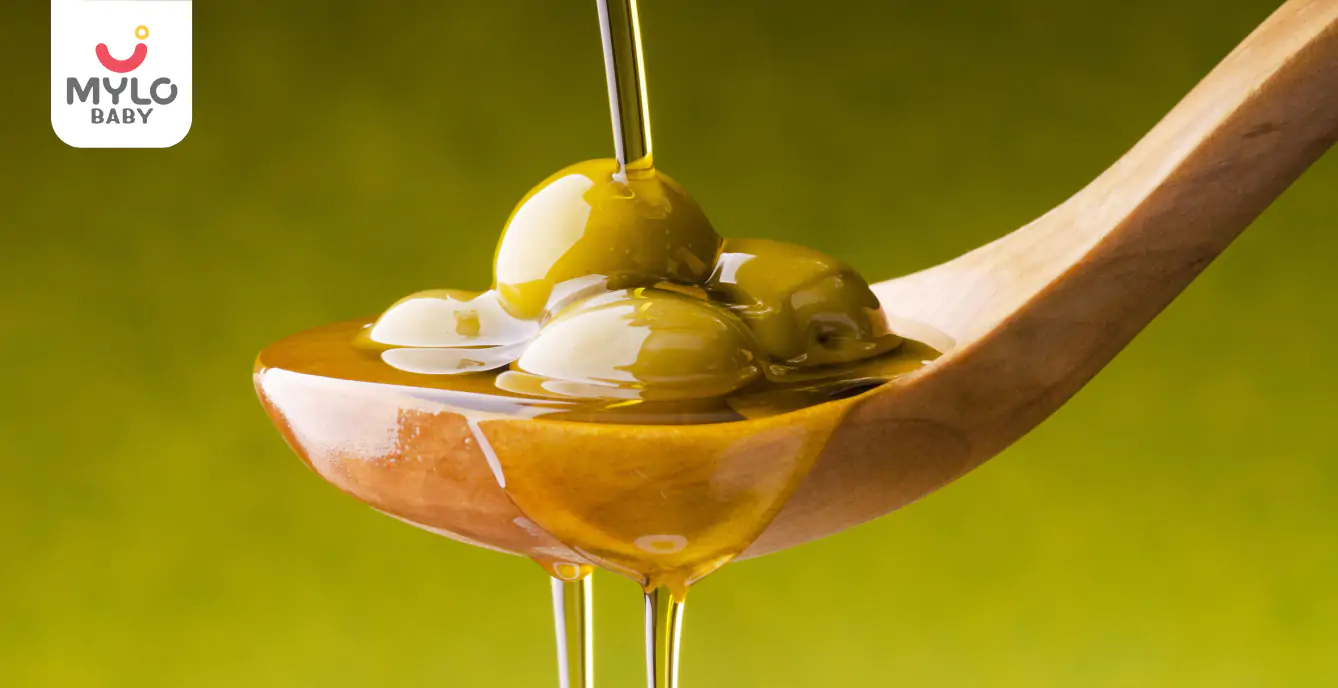
Baby Massage
The Ultimate Guide to Using Olive Oil for Baby Massage
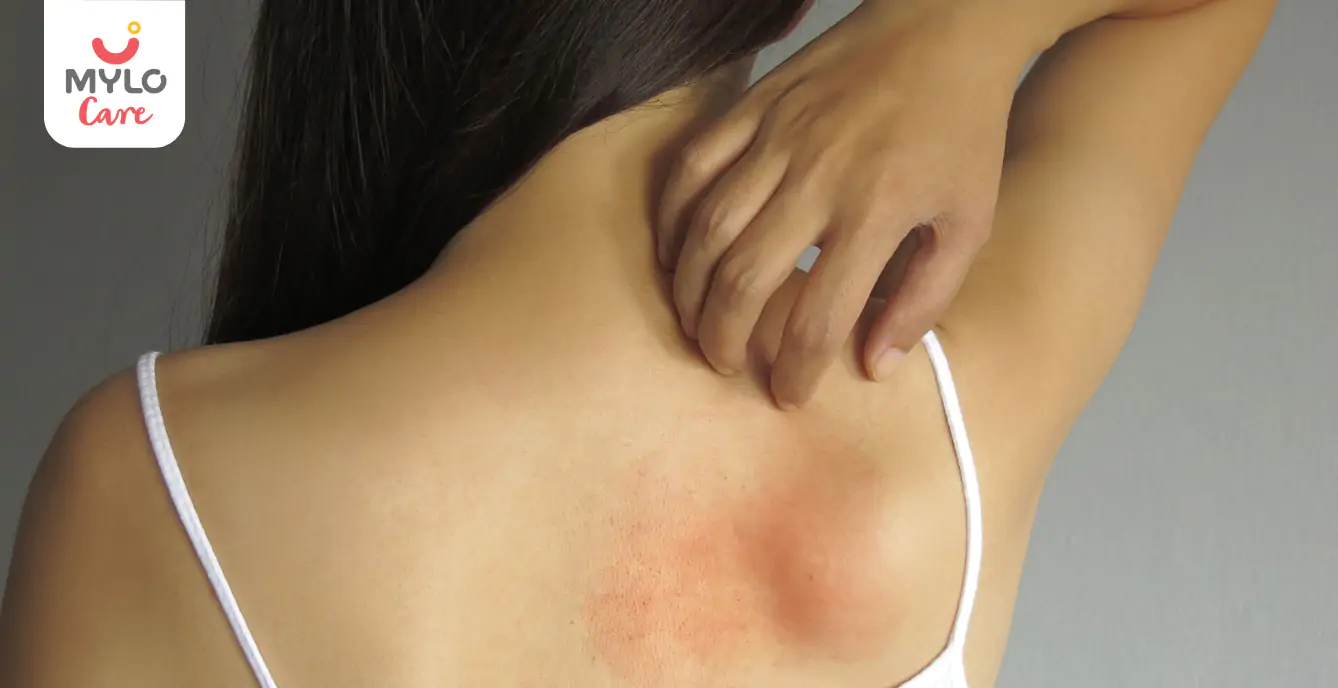
Heat Rash During Pregnancy: Causes, Symptoms and Prevention
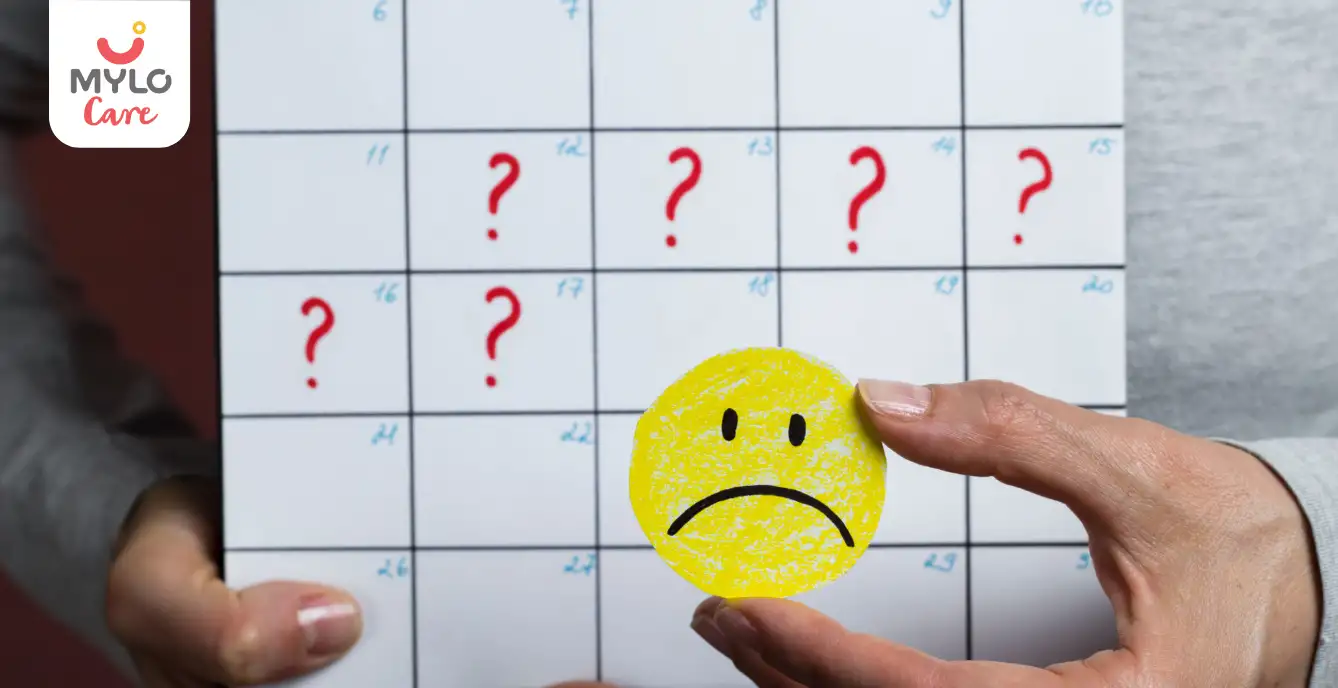
Periods
The Ultimate Guide to Understanding the Reasons for Late Period
- What Can Be the Maximum Delay in Periods If Not Pregnant?
- Black Period Blood: Is It Normal or a Cause for Concern?
- Lean PCOS: A Comprehensive Guide on Causes, Symptoms and Treatment
- PCOS Mood Swings: The Ultimate Guide to Causes and Strategies for Relief
- PCOS and Thyroid: Understanding the Complex Relationship and Finding Solutions
- Intermittent Fasting & PCOS: The Ultimate Guide to Benefits, Risks and Precautions
- Insulin Resistance & PCOS: A Comprehensive Guide to Causes and Management
- Your heart stops beating when your baby feels breathless! Here are 5 things to know about infant breathlessness.
- Newborn Crying: What It Means and How to Handle It?
- When Do Babies Make Eye Contact: Keeping an Eye on Important Milestones
- Is your baby getting breathless frequently? Five things you must know
- 50 Budget-Friendly Birthday Return Gift Ideas to Wow Your Guests
- PCOS Exercise: Your Guide to Sweating Away PCOS
- PCOS and Pregnancy: How to Manage PCOS on the Path to Parenthood


AWARDS AND RECOGNITION

Mylo wins Forbes D2C Disruptor award

Mylo wins The Economic Times Promising Brands 2022
AS SEEN IN
















- Mylo Care: Effective and science-backed personal care and wellness solutions for a joyful you.
- Mylo Baby: Science-backed, gentle and effective personal care & hygiene range for your little one.
- Mylo Community: Trusted and empathetic community of 10mn+ parents and experts.
Product Categories
baby carrier | baby soap | baby wipes | stretch marks cream | baby cream | baby shampoo | baby massage oil | baby hair oil | stretch marks oil | baby body wash | baby powder | baby lotion | diaper rash cream | newborn diapers | teether | baby kajal | baby diapers | cloth diapers |



